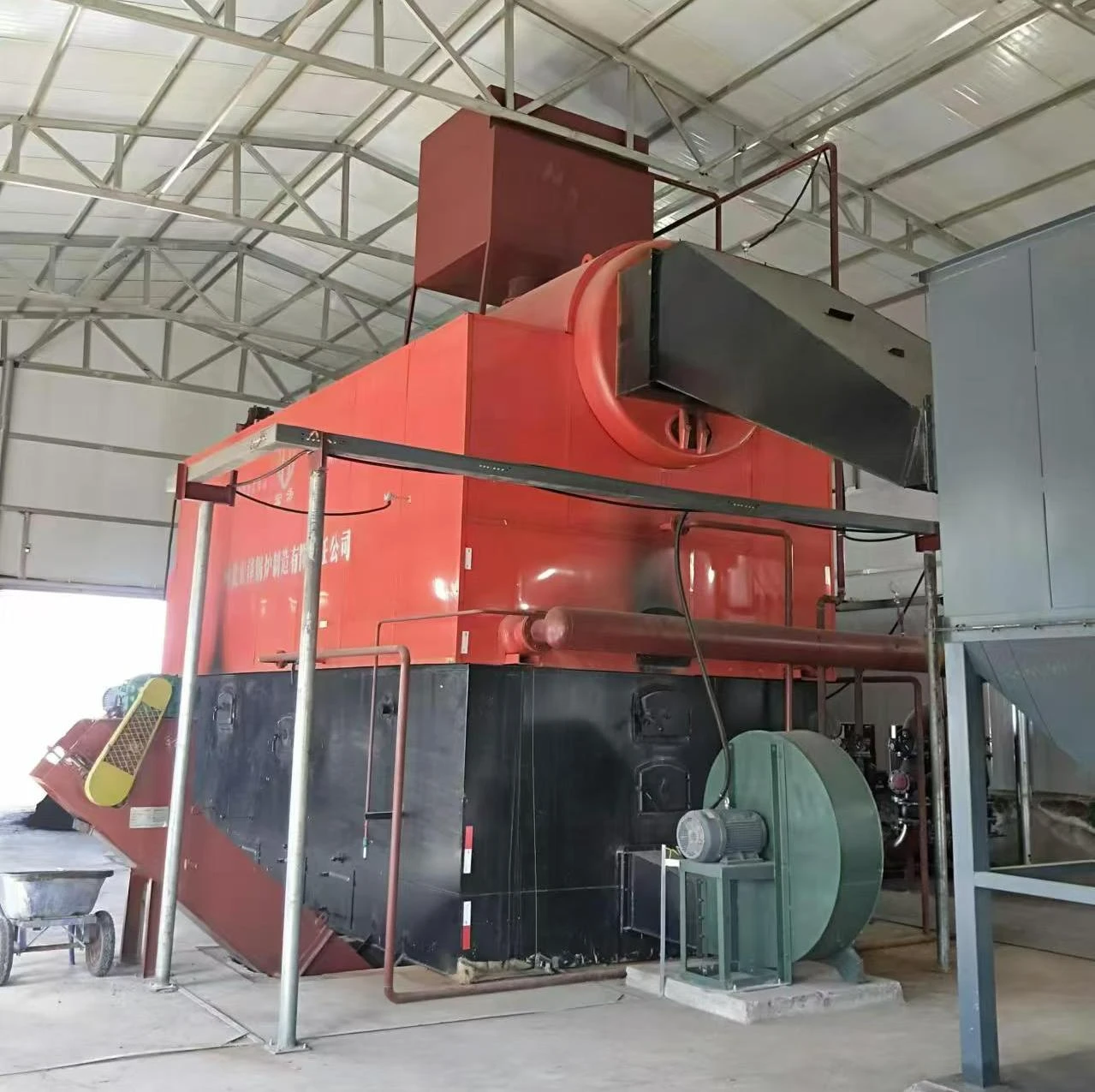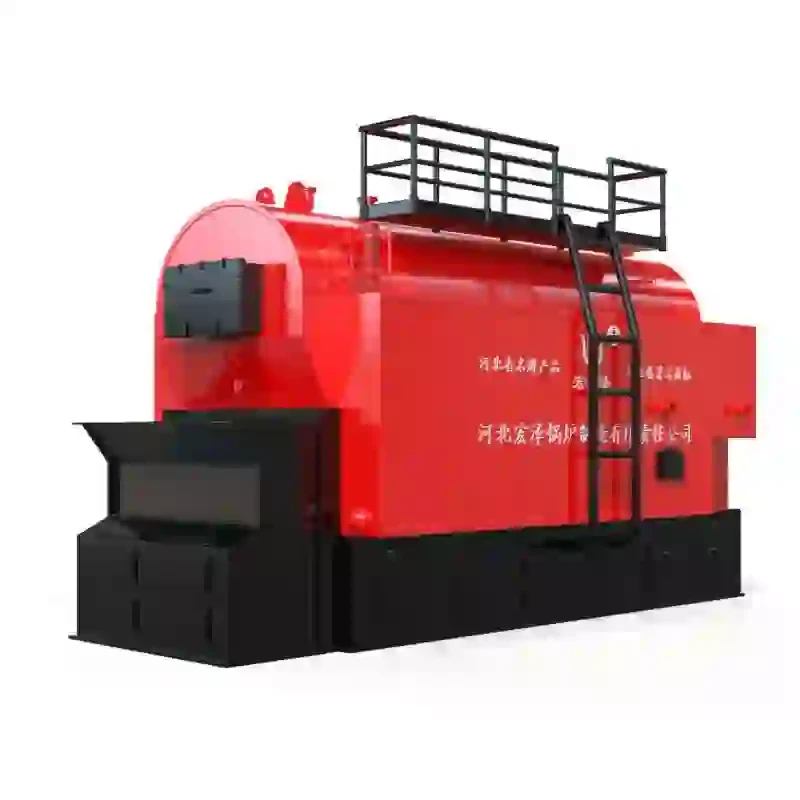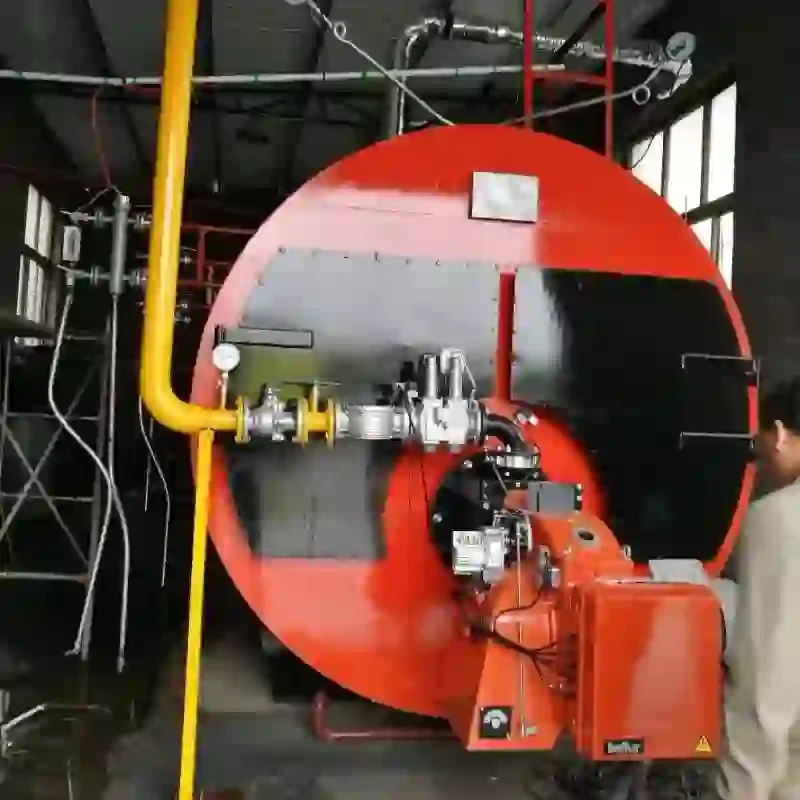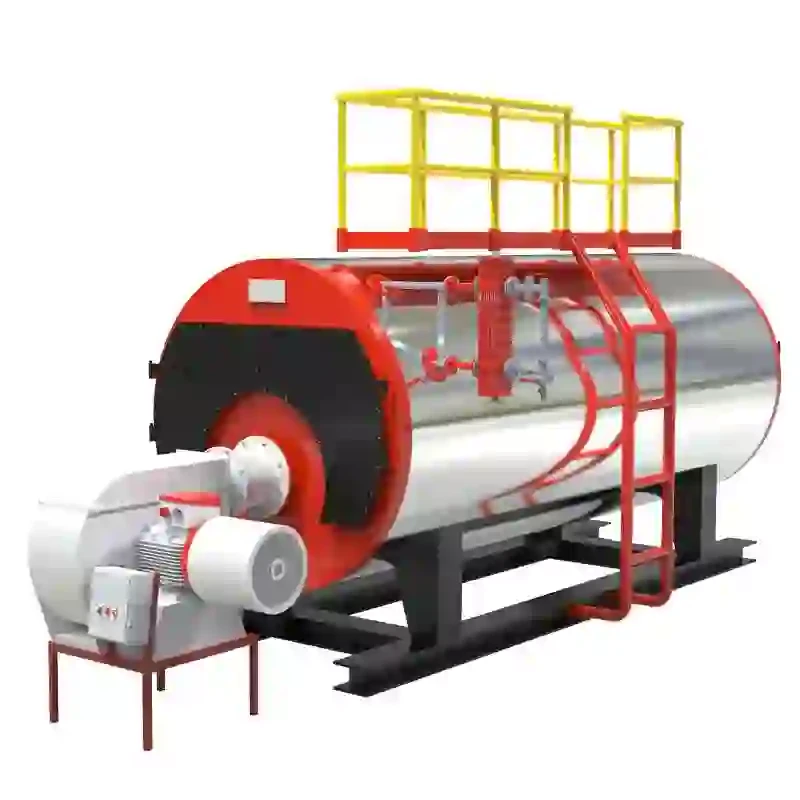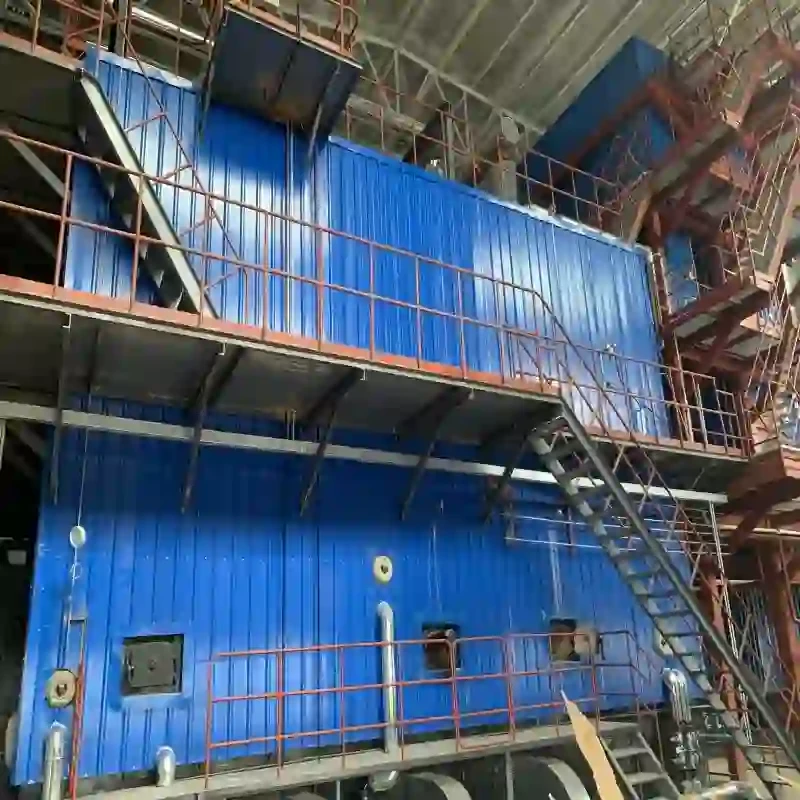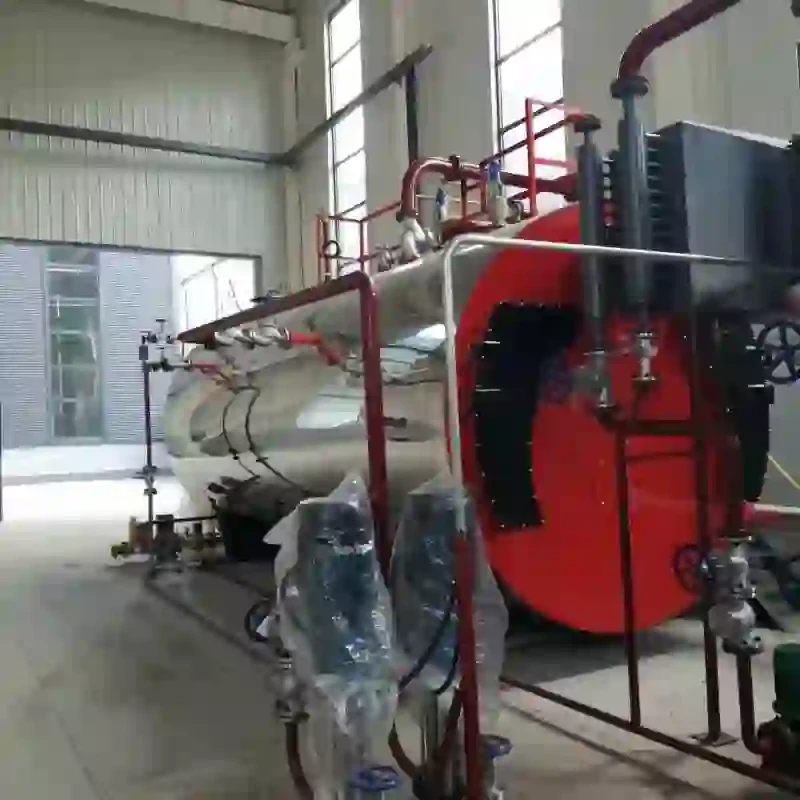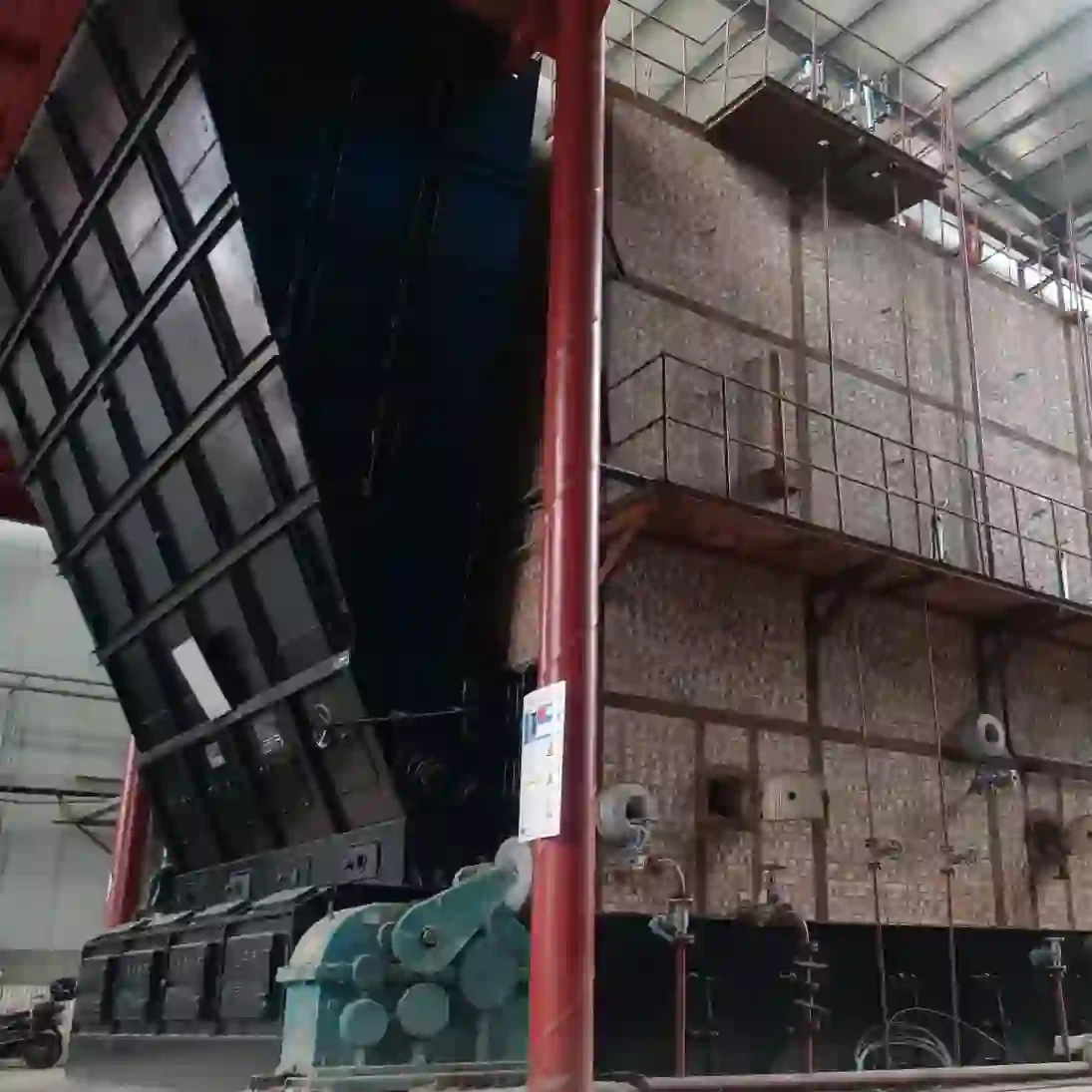
Nov . 15, 2025 19:30 Back to list
Understanding Steam Boiler Function: Key to Industrial Efficiency and Sustainability
Understanding the Vital Role of Steam Boiler Function in Modern Industry
Steam boilers might sound like something from an old-school engine, but their function remains a backbone of many industries globally. Whether you realize it or not, the way steam boilers operate directly impacts everything from power generation to food processing, making their function a quiet yet critical player in our daily lives and the global economy.
Globally, the steam boiler function drives industrial productivity, supports sustainable energy use, and offers solutions in areas ranging from healthcare sterilization to disaster-relief energy supply. Knowing how these systems work and why they're so important is no longer just for engineers—it’s a key part of understanding modern infrastructure resilience and efficiency.
The Global Context: Why Steam Boilers Matter More Than Ever
According to the International Energy Agency, about 40% of the world’s energy usage in industries revolves around steam systems (IEA, 2023). That's huge. Steam boilers convert water into steam, which then powers machinery, generates electricity, or drives heating processes. The global push towards cleaner energy and more efficient industrial frameworks means optimizing steam boiler function is now front and center.
Yet, challenges such as fuel costs, emissions regulations, and the need for reliable function under varying conditions persist. Across continents, from manufacturing hubs in Asia to remote mining sites in Australia, ensuring that steam boilers perform reliably and efficiently is pivotal. The pressure's on — literally — to maintain steady, safe steam production no matter what.
Mini takeaway:
- Steam boiler function is critical for global industrial energy use.
- Efficient steam generation supports cleaner, sustainable economies.
- Reliable boiler operation directly impacts productivity and safety worldwide.
What Exactly Is the Steam Boiler Function?
At its core, the steam boiler function refers to the process of heating water in a closed vessel under pressure to produce steam. This steam then moves through piping to perform work — be it turning turbines for electricity or facilitating sterilization in hospitals. Think of it like the heart of many mechanical systems, pumping out energy in the form of steam rather than blood.
In modern industry, the steam boiler function extends beyond mere heat production — it integrates controls that regulate pressure, temp, and flow to optimize output and safety. The sophistication hidden inside these systems isn’t just neat engineering; it’s a response to complex demands in manufacturing, transportation, and energy sectors around the world.
Key Components Influencing Steam Boiler Function
1. Durability and Material Quality
Boilers often work under intense pressure and heat, so the materials must resist corrosion and stress for years. Steel alloys and advanced composites are common picks, ensuring function under changing operational conditions.
2. Scalability and Capacity
Whether you’re running a small bakery or a massive power plant, adapting boiler capacity is essential. A steam system too large wastes fuel, too small causes inefficiency — matching function to need remains a subtle art, honestly.
3. Fuel Flexibility
Modern boilers can burn natural gas, biomass, coal, or even refuse-derived fuels. The function tweaks needed here are vast — each fuel changes combustion profiles and steam quality.
4. Automated Controls and Safety Systems
Pressure sensors, temperature regulators, and fail-safe mechanisms are baked into the function to avoid accidents. Increasingly, digital monitoring platforms add predictive maintenance, minimizing downtime.
5. Environmental Compliance
Emission controls and water treatment practices connect deeply with the function to meet regulations, cut pollution, and handle waste responsibly.
Mini takeaway:
- Performance depends heavily on design, material, and fuel type.
- Controls and automation enhance safety and efficiency.
- Meeting environmental norms is integral to modern steam boiler function.
Real-World Applications of Steam Boiler Function
The applications span many sectors. For instance, in textile manufacturing hubs across South Asia, steam boilers ensure consistent heat for dyeing fabrics. In Europe, power plants depend on boilers to spin turbines providing electricity to millions. Even in post-disaster relief, portable steam boilers serve as steam sterilizers for medical kits, saving lives when nothing else is available.
Remote mining operations in Canada and Australia rely on steam boilers for heating and power, often running on locally sourced fuels to minimize costs. In many food processing plants, steam ensures hygiene and quality control. Agencies like the UN have highlighted steam energy’s role in clean water production and sanitation projects — demonstrating humanitarian reach.
Product Specification Table
| Parameter | Typical Value | Notes |
|---|---|---|
| Operating Pressure | 10-30 bar | Varies by application |
| Steam Output Capacity | 1,000–20,000 kg/hr | Scalable sizes available |
| Fuel Types | Natural gas, biomass, coal | Multi-fuel capable models exist |
| Efficiency | 80–95% | Improved with condensation recovery |
| Automation Level | Basic to fully digital | Emerging AI-based controls |
Comparing Leading Steam Boiler Vendors
| Vendor | Fuel Options | Automation Features | Global Footprint | Typical Applications |
|---|---|---|---|---|
| BoilerTech Inc. | NG, Biomass, Coal | Full digital monitoring | Americas, Asia | Power plants, food industry |
| SteamMaster Solutions | NG, Coal | Automated safety controls | Europe, Africa | Textiles, mining |
| EcoSteam Technologies | Biomass, Renewable wastes | AI-driven optimization | Global, emerging markets | Sustainable energy, Agriculture |
Why the Steam Boiler Function Is a Long-Term Asset
Tangibly, good steam boiler function means less downtime, lower fuel bills, and compliance with environmental laws. But it’s more than just pounds per square inch and budgets. It’s about safety — preventing accidents that could cost lives — and trust: knowing that the system powering your factory or hospital won’t suddenly fail.
The emotional aspect matters too. There's reassurance in a well-working system; it’s the unseen custodian of livelihoods and health. And innovation in steam boiler function sparks cleaner tech, meaning a healthier planet for everybody. You could say it keeps the wheels of progress turning, quietly and reliably.
The Future: Innovation and Sustainability in Steam Boiler Function
Look forward, and you’ll see digital twins modeling boiler function in real time, predicting faults before they happen. Materials resistant to corrosion and heat will extend lifespan dramatically. Green energy fuels like biomethane are gaining traction, shrinking the carbon footprint of steam generation.
Locally sourced biomass or hybrid fuel systems will power boilers in off-grid regions, supporting energy equity. Plus, regulatory frameworks around emissions will keep pushing innovation — forcing smarter, cleaner, and safer steam boiler designs.
Challenges and How Industry Experts Solve Them
Of course, challenges aren’t small. Scaling boiler function without wasting fuel, preventing scale buildup inside the boiler, and managing emissions all strain engineers. Not to mention the cost of retrofitting aging plants.
Experts respond with smarter sensors, automated maintenance alerts, and modular boiler designs for flexible capacity. Water treatment advances keep contaminants at bay. And iterative design testing reduces fuel consumption while maximizing output — a sort of engineering tightrope walk, but it's getting more graceful.
FAQ: Practical Questions About Steam Boiler Function
- Q: How often should steam boiler function be inspected for safety?
- A: Regular inspections depend on usage, but typically boilers undergo monthly operational checks and annual comprehensive safety reviews by certified professionals to ensure consistent and reliable function.
- Q: Can steam boilers run efficiently on alternative fuels like biomass?
- A: Yes, with the right design adjustments, boilers can burn biomass efficiently, reducing carbon emissions and utilizing renewable resources without sacrificing steam quality or output.
- Q: How does automation improve steam boiler function?
- A: Automation allows real-time monitoring of pressure and temperature, fast fault detection, and predictive maintenance, which boosts efficiency, reduces downtime, and enhances safety.
- Q: What are the biggest environmental concerns related to steam boiler function?
- A: Emissions of NOx, SOx, and particulate matter from fuel combustion are major concerns. Modern boilers use scrubbers, filters, and cleaner fuels to minimize these impacts.
- Q: Are there portable steam boilers for emergency or remote site use?
- A: Yes, there are compact, transportable boilers designed for quick deployment in disaster zones or remote industrial sites, offering reliable steam function where infrastructure is limited.
Wrapping Up: The Lasting Impact of Steam Boiler Function
So, when you think about steam boiler function, don’t just picture a clunky industrial machine — think of it as a complex, reliable partner in progress. From powering sustainably to supporting remote communities, the humble steam boiler is evolving, innovating, and quietly propelling so much of our world forward.
Interested in exploring how advanced steam boiler technology can help your operations? Visit https://www.hzsteamboiler.com to dive deeper into the science and solutions.
References & Further Reading
-
Comprehensive Guide to Steam Boiler Installation Diagram – Global Best Practices and Future Trends
NewsNov.24,2025
-
A Practical Guide to the Selection of Steam Boiler for Industrial Efficiency
NewsNov.23,2025
-
Comprehensive Guide to Steam Boiler PDF Manuals and Their Global Impact
NewsNov.22,2025
-
Discover How Steam Boiler Videos Improve Industrial Training & Safety
NewsNov.22,2025
-
Comprehensive Guide to Wood Fired Steam Boiler Design – Efficiency, Applications, and Innovations
NewsNov.21,2025
-
Comprehensive Guide to Steam Boiler Working – Efficiency & Applications
NewsNov.20,2025
Related PRODUCTS






